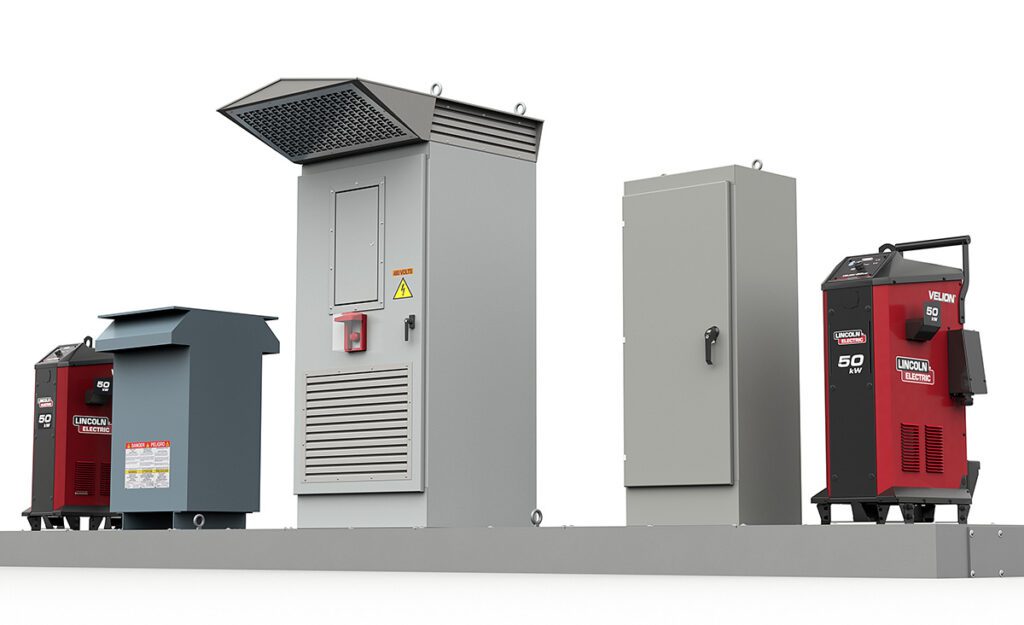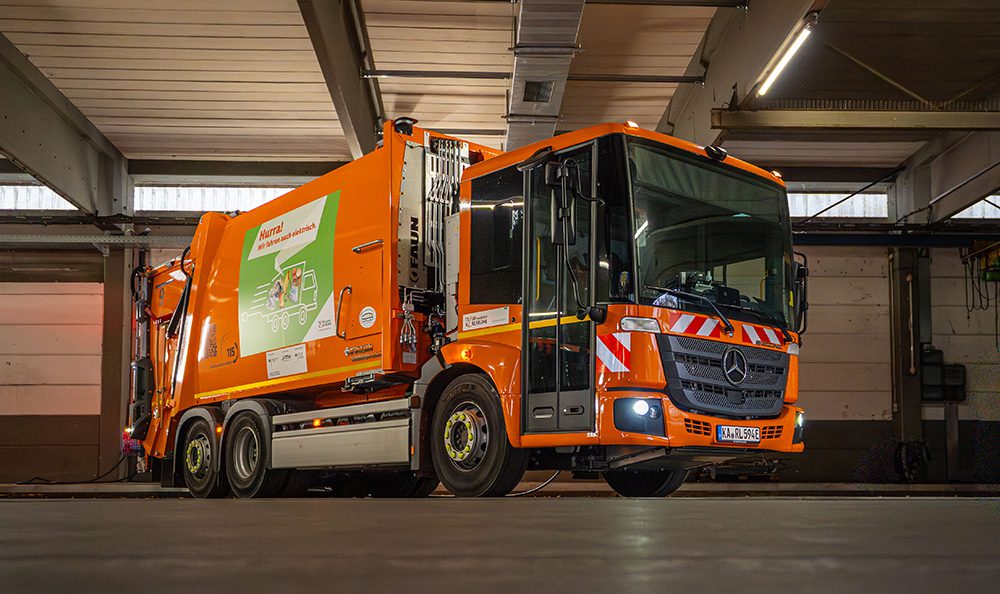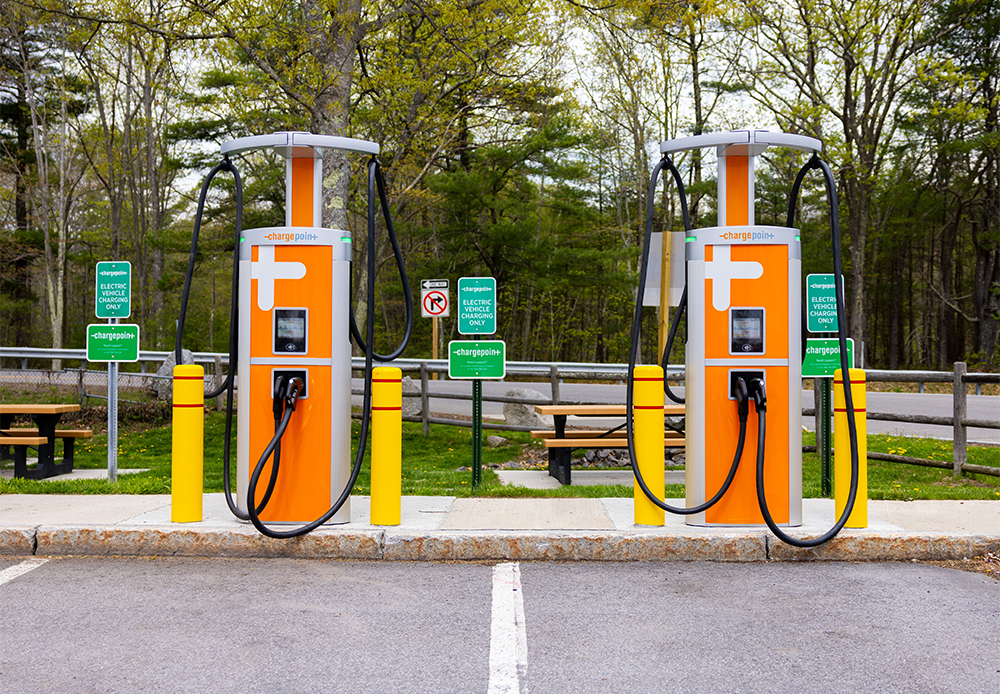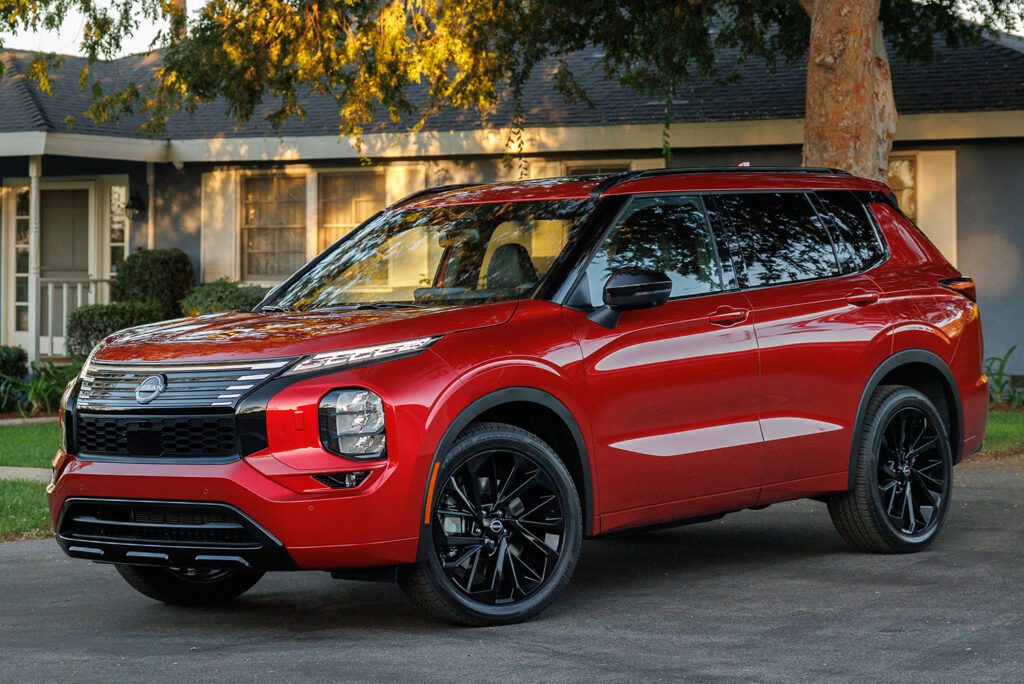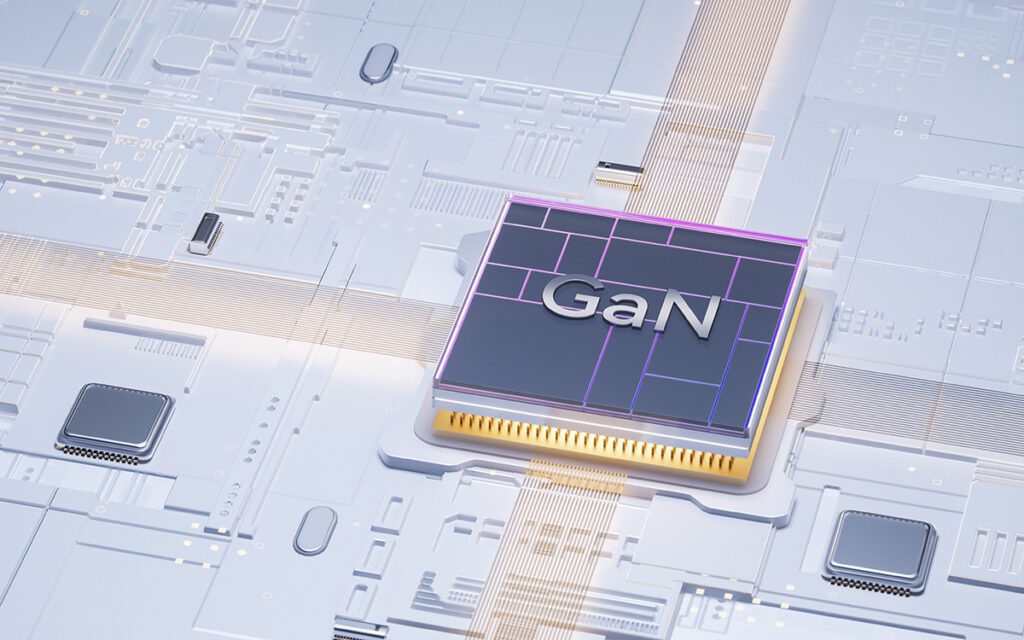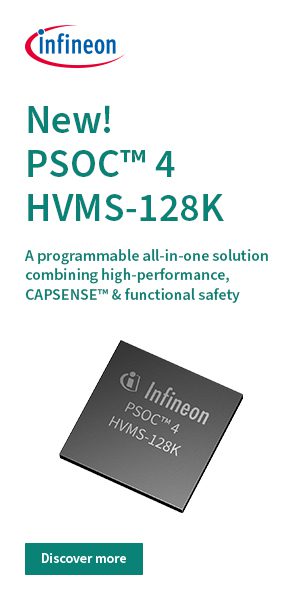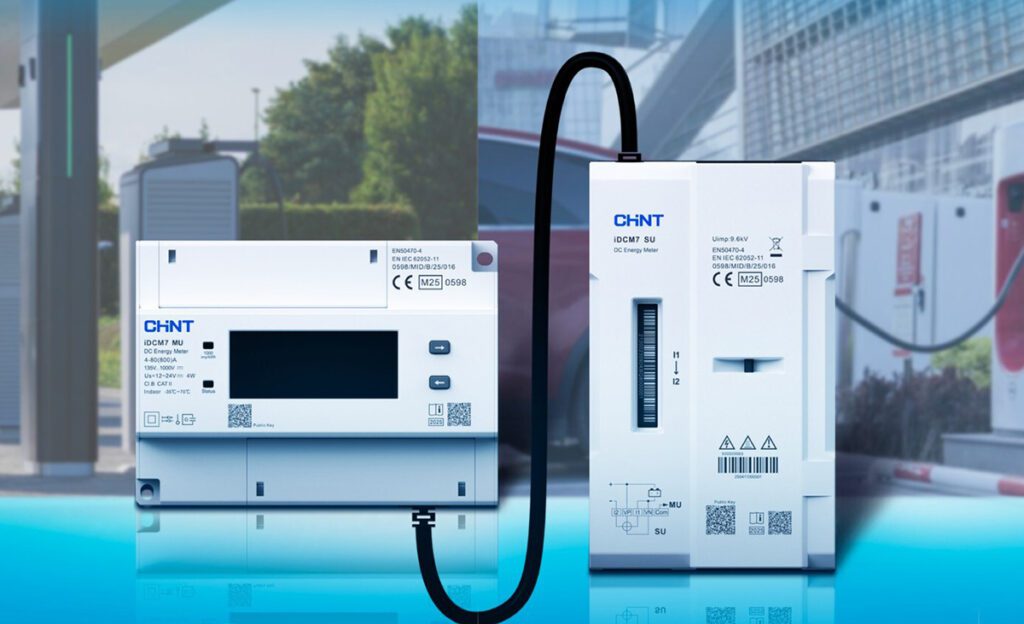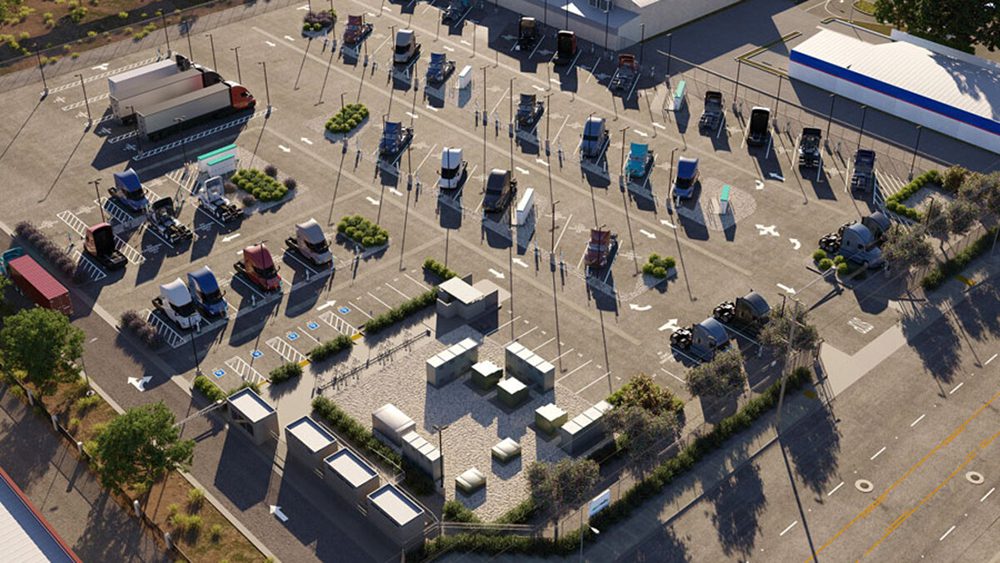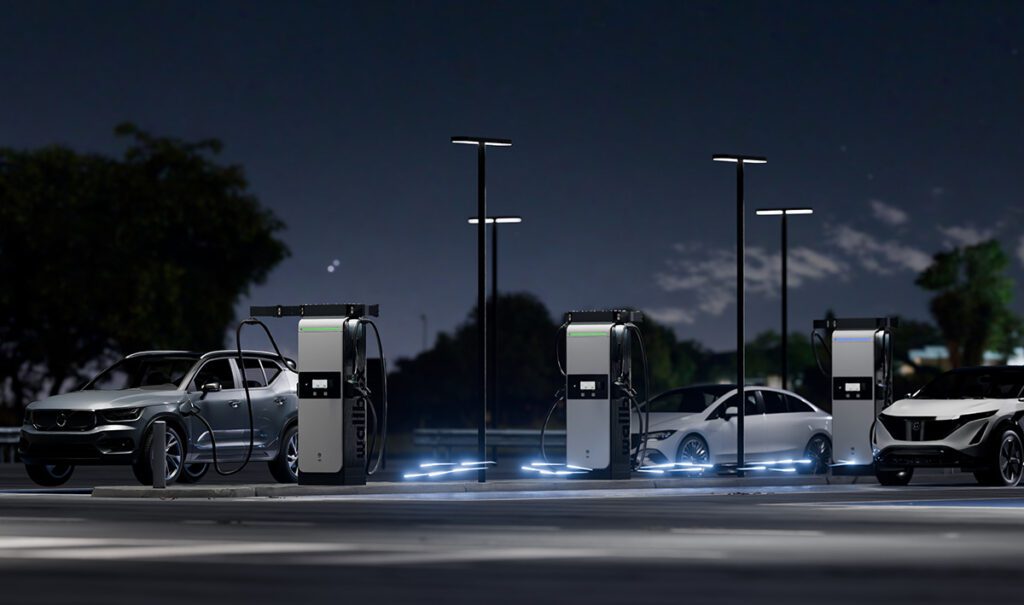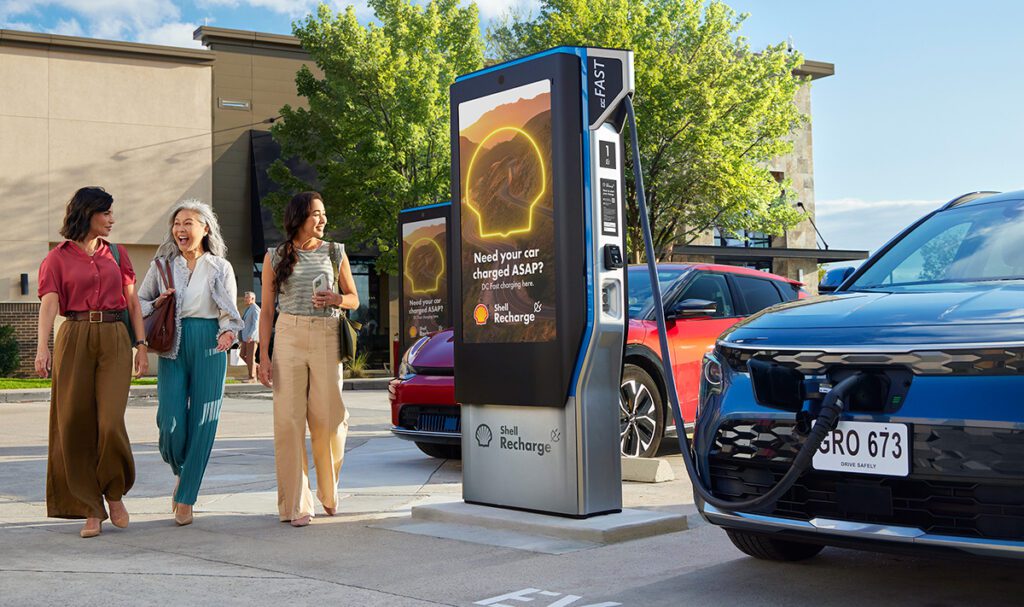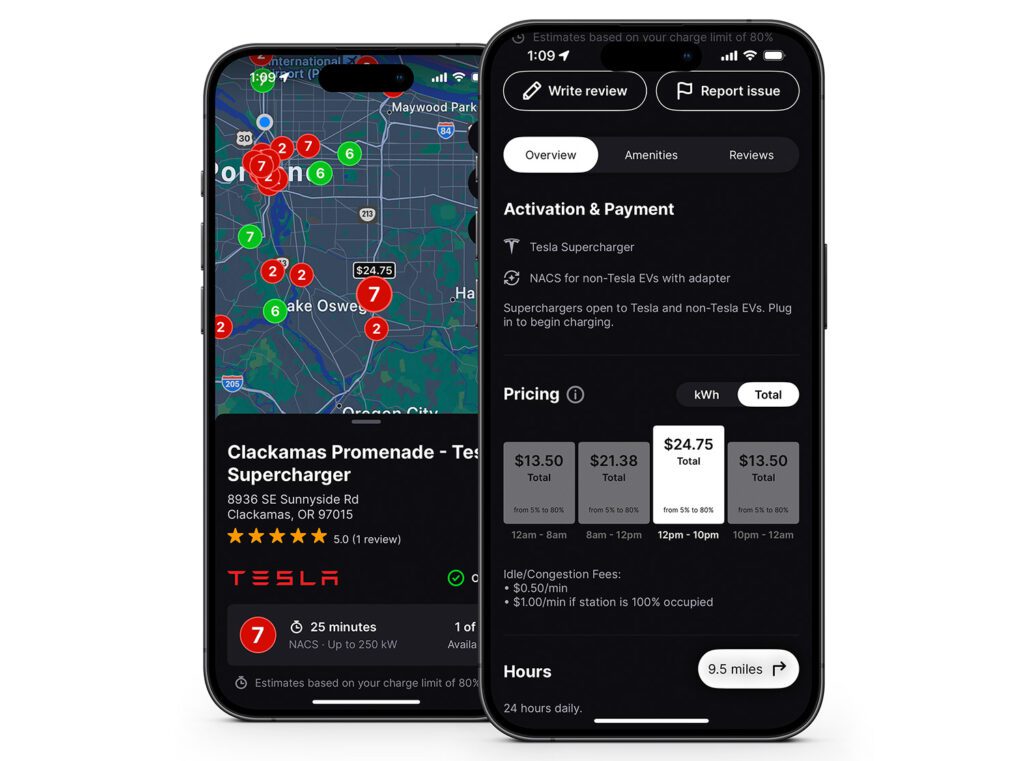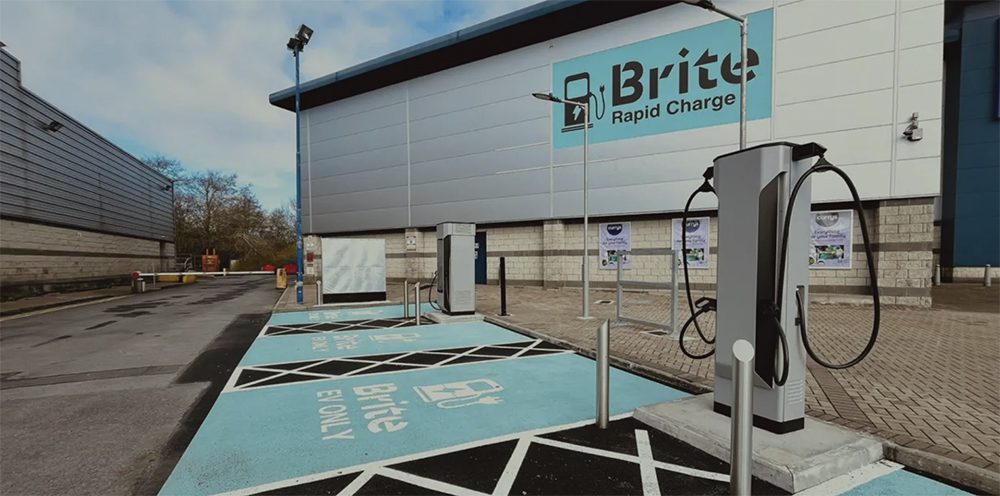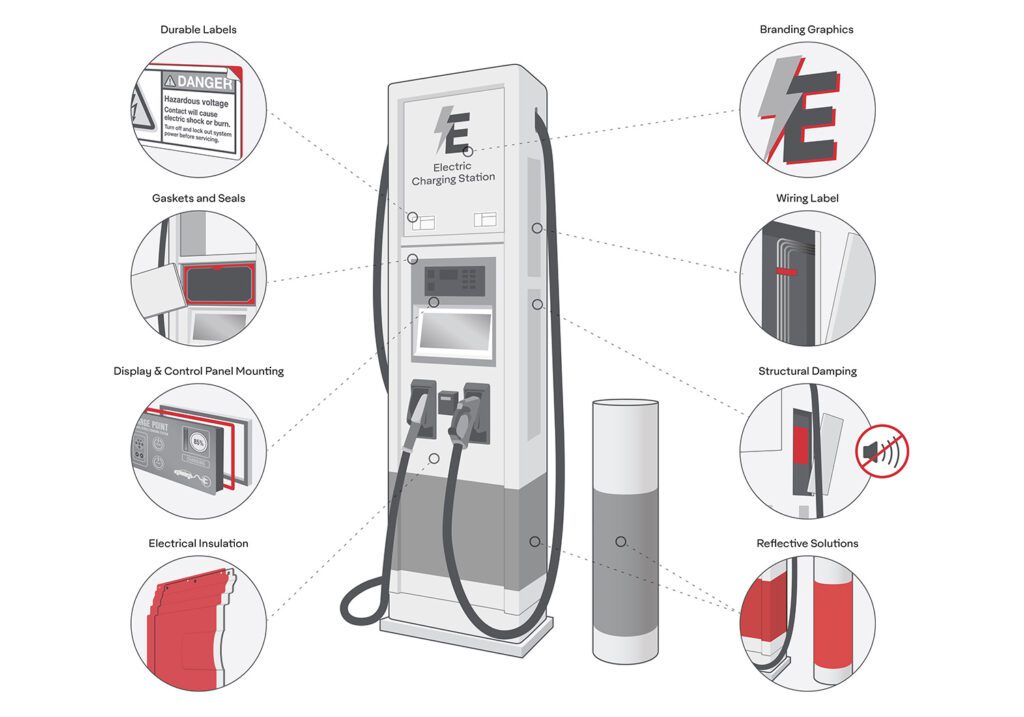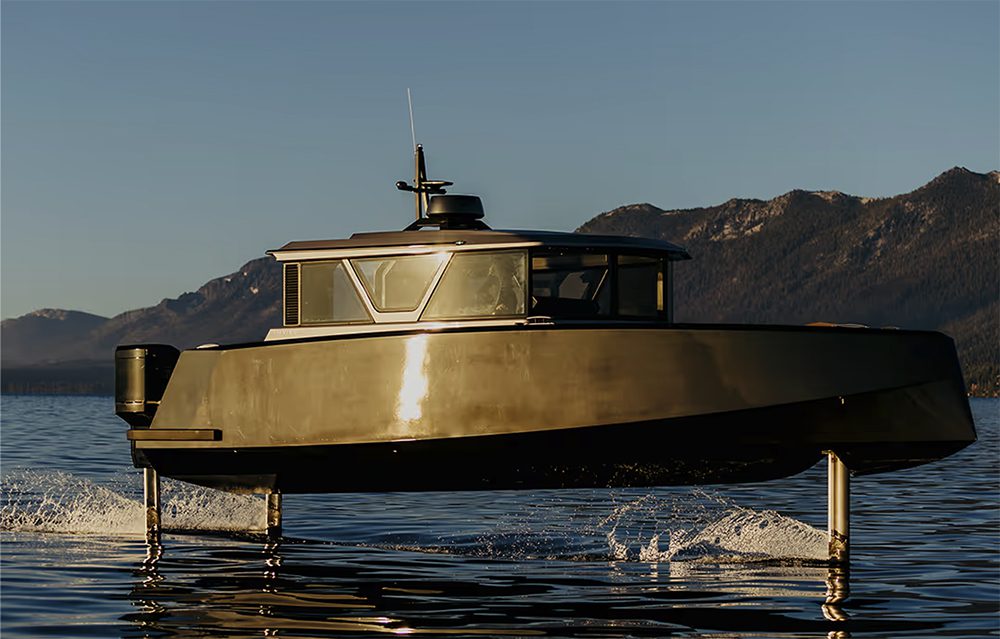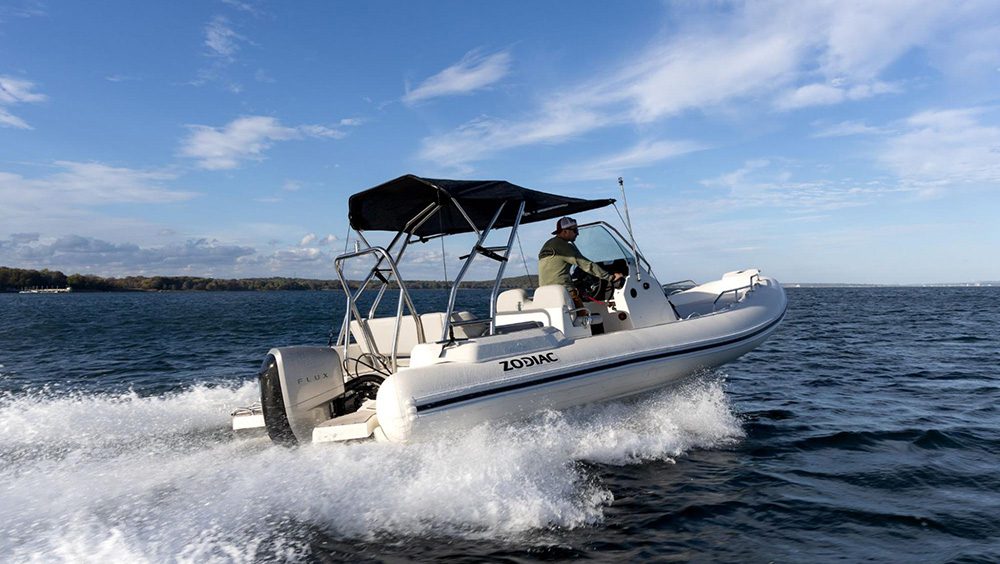Honda sneaks into third place in the PHEV race
It’s ironic that Honda, which has long been known for the fuel efficiency of its vehicles, has been a laggard on the long road to electrification. The Japanese automaker launched its Insight Hybrid in 1999, shortly after Toyota introduced the Prius, but sales have been modest outside of Japan. In the early 2010s, Honda responded to California ZEV regulations by producing a couple of compliance cars – the Fit EV and the Accord Plug-in Hybrid – which each sold a few hundred units and were discontinued in 2014 and 2015 respectively.
Now Honda is making up for lost time with a major push to get charged. The company says electrified vehicles will make up two thirds of its global auto sales by 2030, and the North American market is expected to play a big role in that. Honda introduced a new version of the Accord Hybrid for the 2018 model year, and a third generation of the Insight hybrid for 2019. These two vehicles represent the third generation of Honda’s two-motor hybrid system.
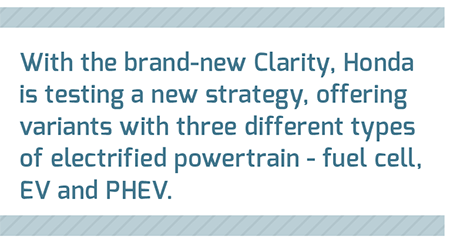
With the brand-new Clarity, Honda is testing a new strategy, offering variants with three different types of electrified powertrain. There’s a fuel cell version that’s sold in California, the only state that currently has public hydrogen fueling infrastructure available. There’s also a Clarity EV, which is currently sold only in Oregon and California – Honda has made no announcement as to when and if it will be made available in other states.
The star of the show however, is the Clarity Plug-in Hybrid, which is available in all 50 states, and has quietly become quite a respectable seller since its launch in late 2017. Through July of this year, it sold 8,109 units in the US, making it the third best-selling PHEV on the market, after the Prius Prime and the Chevy Volt.
Charged chatted with Chris Hand, Senior Product Planner for the Clarity, to discuss this next phase of Honda’s electrification strategy.
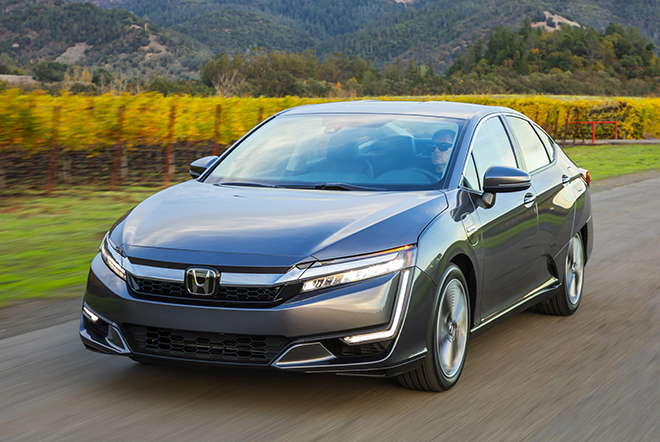
Plenty of plug-in miles
When it comes to electric range, more is obviously better, but there’s a certain cut-off point at which a PHEV becomes more like a pure EV, rather than just a hybrid with better fuel economy. The Clarity has an electric range of 47 miles, which is enough for many drivers to make most of their trips on electrons, and seldom or never visit a gas station. (The Prius Prime’s electric range is 25 miles, and the Volt’s is 53.)
“We wanted to make sure we provided customers with a strong electric range in this plug-in because a lot of these buyers want to go electric, but there may be concern about range or there’s some anxiety there that they don’t want to be potentially left on the side of the road, and gas gives them that comfort zone that they’re looking for,” Chris Hand told us. “With 47 miles, for daily commutes, especially if you’re plugging in at work, you can pretty much be just fine only using electric.”
Chris sees most other plug-ins as potential competitors for the Clarity. The Chevy Volt is often mentioned, but Chris points out that the Honda has more space than the Chevy. “When you look at the Volt, which has got 53 miles [of electric range], we’re really competitive there, but with Clarity, we wanted to make sure that the vehicle was a little bit more premium, a little bit more upscale in terms of the overall size, the features and the comfort, the packaging and the space of a full midsize sedan.”
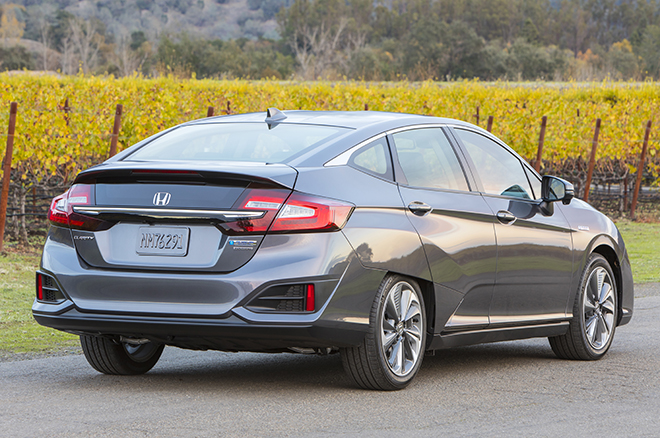
Are Clarity buyers comparing it to other PHEVs, or are they typical Honda customers looking for the most fuel-efficient Honda available? “I think there’s a bit of both,” says Hand. “Obviously, there are going to be Honda buyers who are looking for the next level in alternative fuels. A plug-in hybrid’s certainly pushing that boundary, and for a lot of people, that’d be a good stepping stone towards an all-electric or a fuel cell down the road. They want to make sure, maybe they’re not quite ready to completely leave a gas vehicle, so a plug-in hybrid gives them that convenience and comfort that they’re looking for. They’re not quite ready to make that full leap.”
Honda’s previous Accord PHEV, which was on sale for about two years, had an electric range of only 18 miles. “We certainly took learnings from that project that went into this, but this vehicle takes that step massively further by delivering a much longer electric range,” says Hand. “The Clarity Plug-in Hybrid utilizes the same two-motor hybrid system that we use in the Accord Hybrid and the Insight, although it’s the second generation, whereas Accord Hybrid and Insight are the third generation.”
In the mode
“The Clarity plug-in offers four driving modes: Normal, Econ and Sport, which are self-explanatory. Then we also have HD mode, and there are two different ways to utilize this mode. With a short press, it works at highway speeds to maintain the battery level, so whatever the state of charge is, it will maintain that and work as a hybrid vehicle. That way, you can maximize fuel efficiency in hybrid mode on a long freeway drive, and then still have electric charge for when you get off the freeway and go back to city driving where electric is the most efficient.”
Holding down the HD button longer puts the vehicle into HD Charge mode, in which the gas engine will recharge the battery up to 57%. “If you’re really low on battery, and you’re driving on the highway, but when you get off the freeway you want to be able to go back into all electric, then you can charge your battery back up so you can switch back to electric mode.”
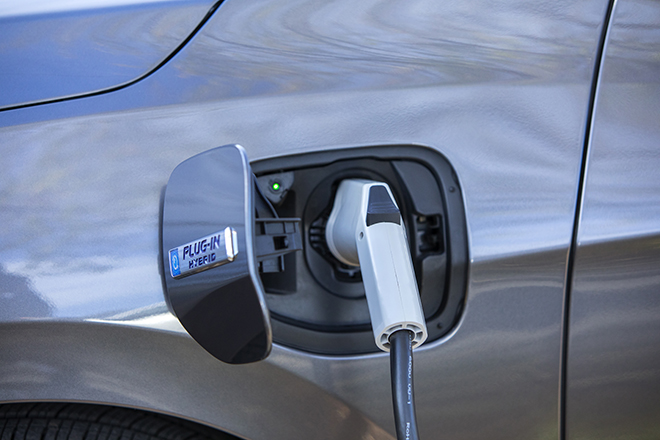
Unlike most PHEVs, the Clarity doesn’t have a selectable “electric” or “EV” mode. “If you drive relatively lightly, it’ll stay in electric,” Hand explains. “The car’s going to work towards the most efficient, so if you’re going at highway speeds, if you’re not using the throttle too much, it may stay in electric, but it’s going to try and find the most fuel-efficient mode. If you go into Econ mode, it will try to stay more towards electric, but Econ’s not necessarily an all-EV mode. If you really push [the pedal] all the way down, it’s going to use both to provide the most power.”
Dealing with dealers
As regular Charged readers know, auto dealerships are a major bottleneck for EV adoption. Chris Hand understands how important it is for Honda to educate its dealers about the new electrified vehicles. “I do believe for a lot of dealers, this is one of the first plug-in hybrids for them to be selling, so it is a new product and a new powertrain for them to learn and speak to customers about. It’s critical to make sure that those dealers do understand the product, that they understand how the powertrain operates, what are the benefits to the customer, where’s the value to the customer, so that they can clearly communicate that.”
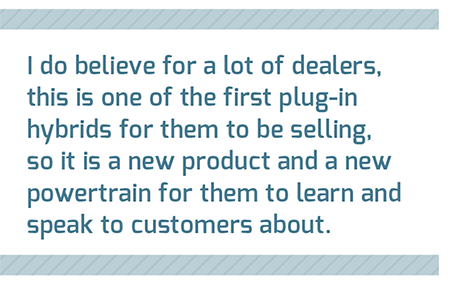
“We have a lot of electrified training programs that we provide to the dealers and a lot of various media, videos as well as on-site training, that explain to them how this vehicle functions, how the system provides benefits, as well as feedback to the customer so as they’re driving it they can really get a good feel for all-electric driving versus a hybrid drive feel.”
“There’s a lot of people out there that have never driven a vehicle on electric. It may even scare them to some extent, and the more chances, and the more opportunity people have to sit in the vehicle and drive a vehicle in an electric mode, the benefits there really start to shine, and our dealers are critical as part of that communication process to help customers understand the benefits of electric. They have to communicate that, so we have to communicate and explain to them all of those benefits, so there’s a lot happening behind the scenes.”
Honda has also been running a substantial number of TV commercials for the Clarity, something that is still a rarity for EV-makers, most of whom advertise their plug-in vehicles only in specific markets if at all. “We always run targeted campaigns to customers, but it’s a nationwide campaign,” says Hand. “Because we sell the plug-in in all 50 states, we want to make sure that we’re speaking to the entire nation, but we certainly have an emphasis on key markets for electric [such as] Los Angeles and New York.”
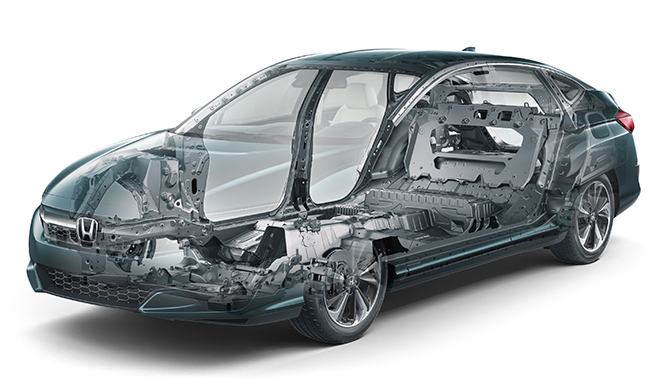
“This vehicle is just like a regular vehicle. It’s important that we, as well as consumers, think of it and treat it that way, and we want to make sure that we’re reaching all the potential buyers that we believe will be interested in that product. That TV commercial [called Beyond the Battery] speaks to the idea that when you run out of battery, your trip doesn’t stop there, that you’re able to have the convenience, safety and comfort of having a gas engine to get you where you need to go.”
Do regional purchase incentives and HOV programs have a big effect on local sales? “It’s certainly part of the conversation,” says Hand. “I think HOV access plays a big role for a lot of people. I’m in California, and with the traffic that we have in some places, the HOV is a huge benefit, and I think that’s a good incentive to convince people, especially those who haven’t dipped their toe into an electric vehicle yet. And then once they’ve been able to drive a vehicle on electric and start to live with that type of vehicle, they may start to see the benefits of it.”
“It’s a stepping stone on that pathway towards all-electric vehicles,” says Hand. That pathway is one that Honda will be following along with its customers. “This is a big chapter of the beginning of our electrification strategy.”
This article originally appeared in Charged Issue 39 – September/October 2018 – Subscribe now.





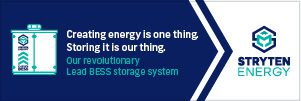
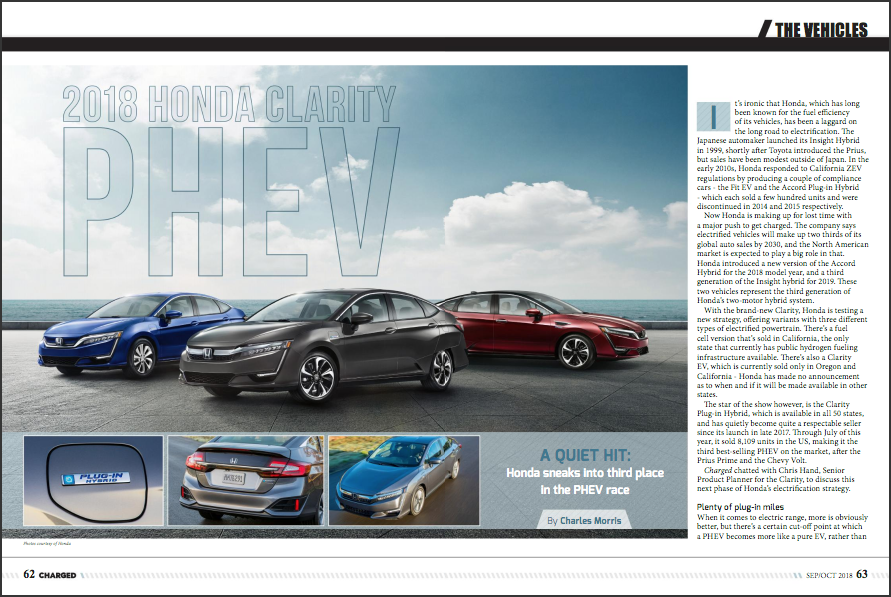

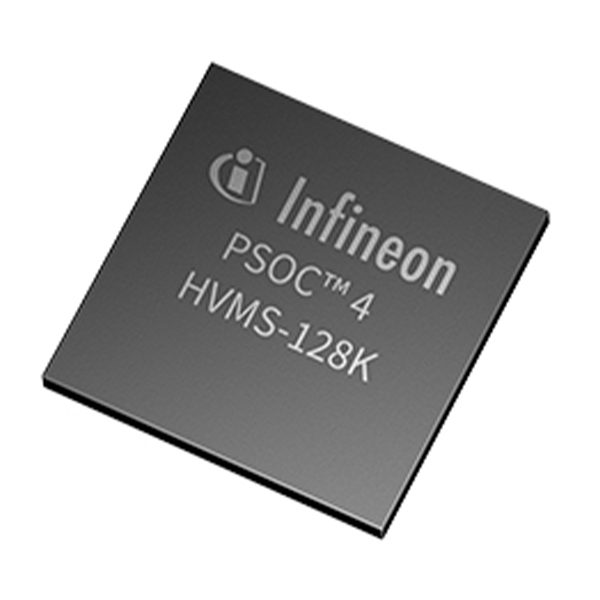


















































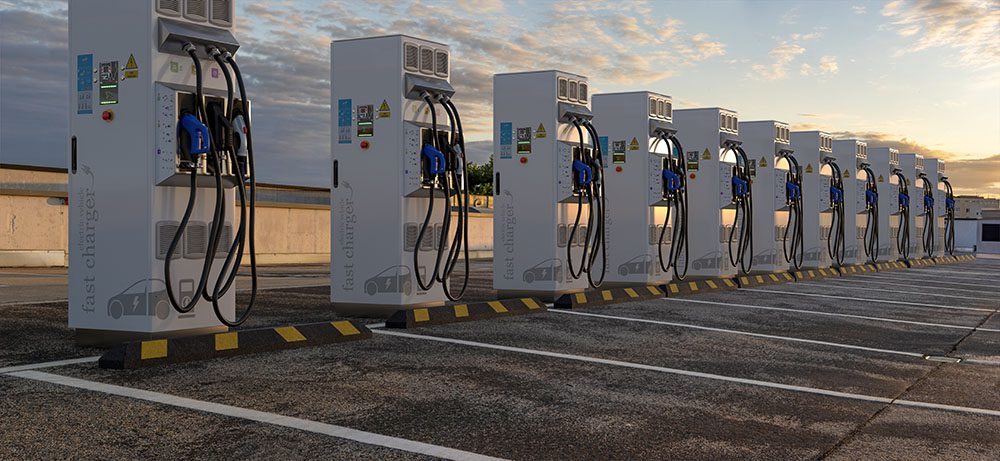
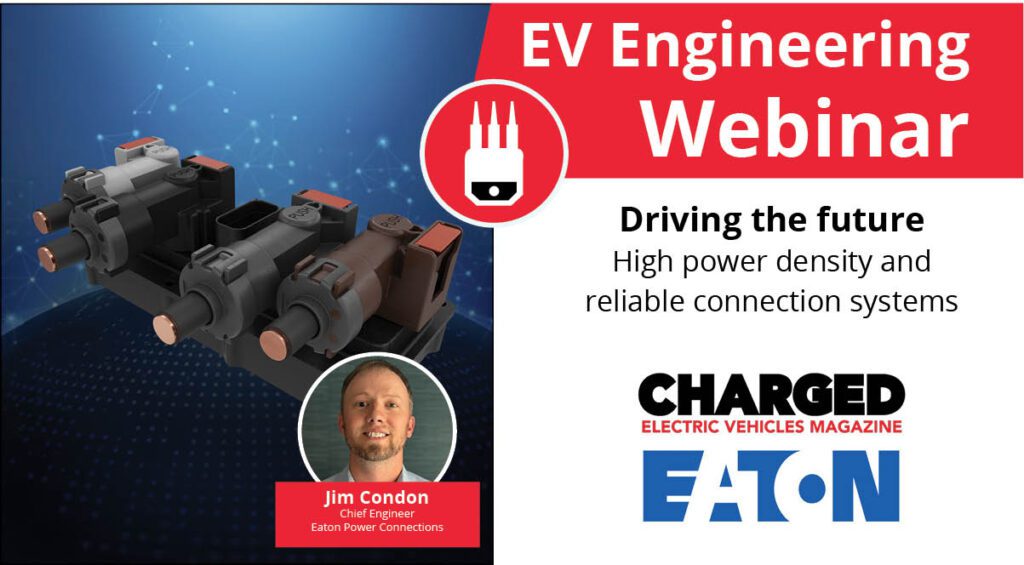

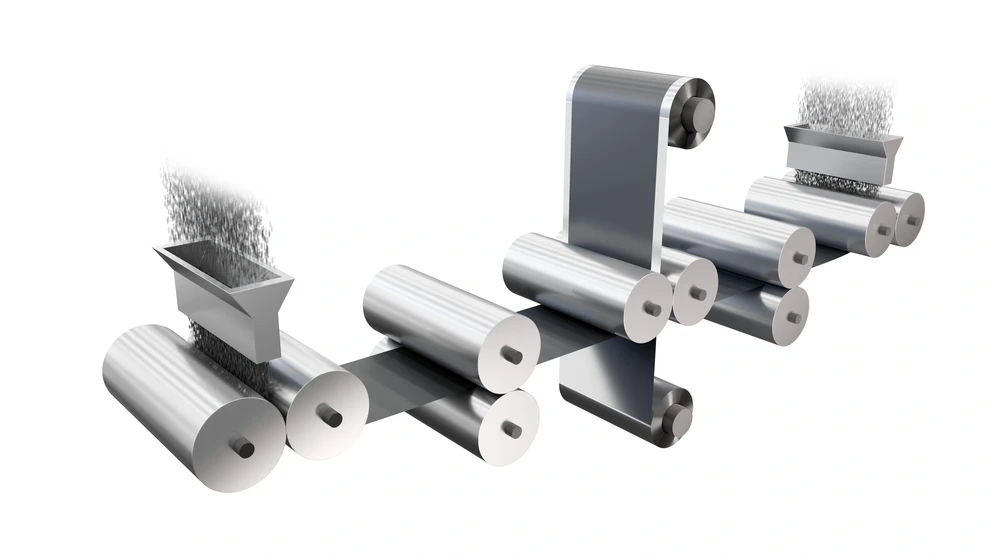
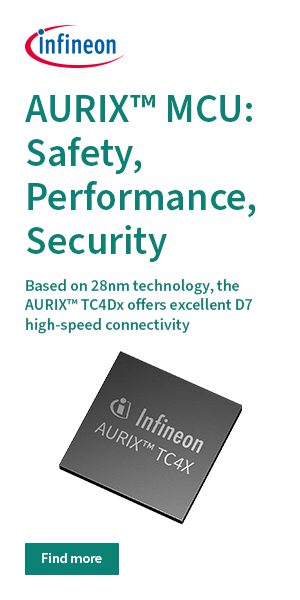
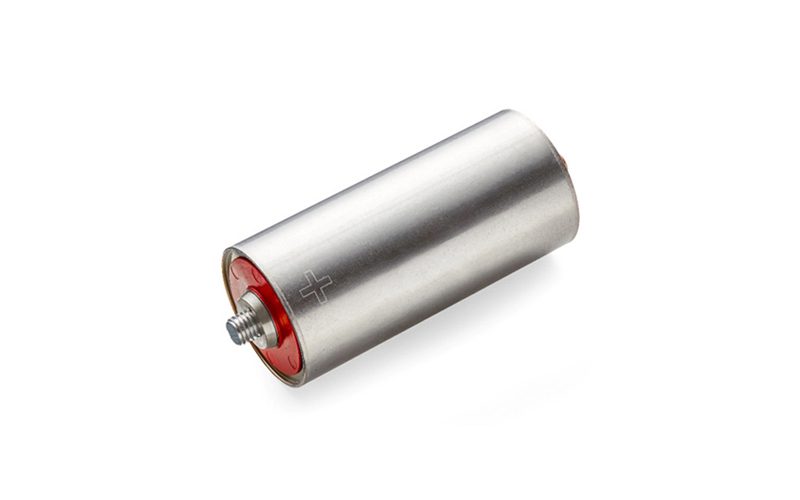

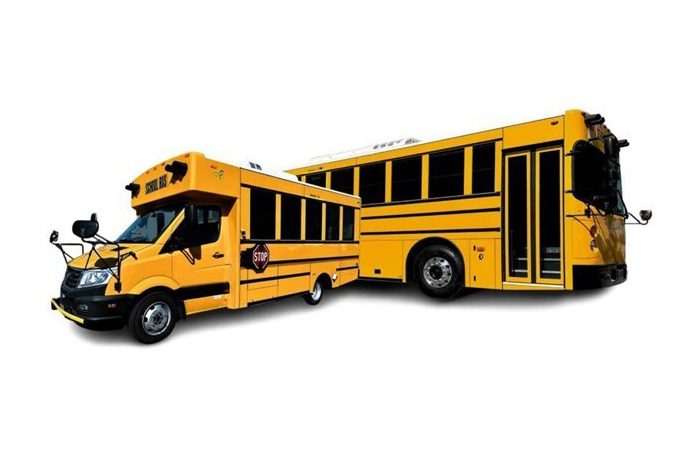
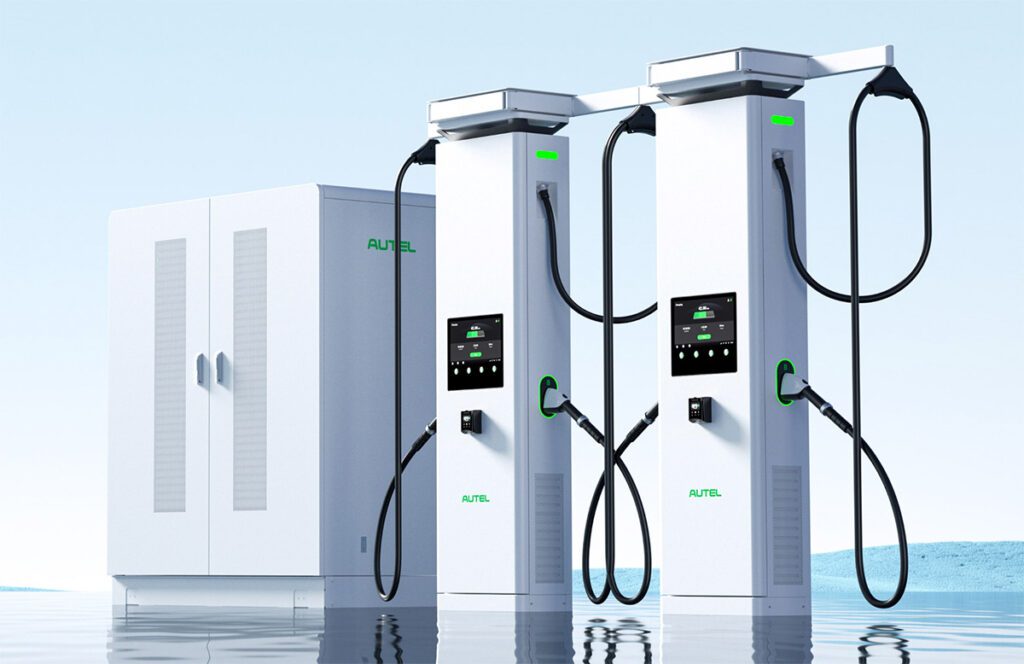
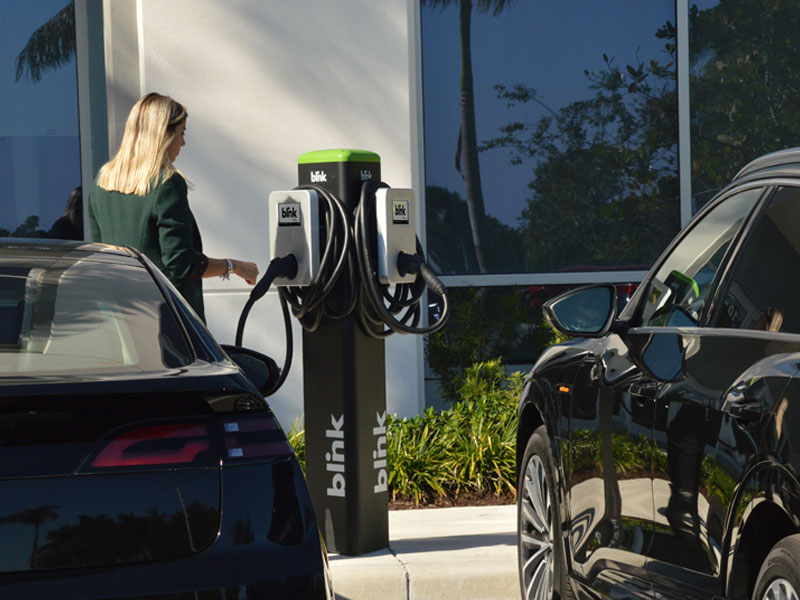
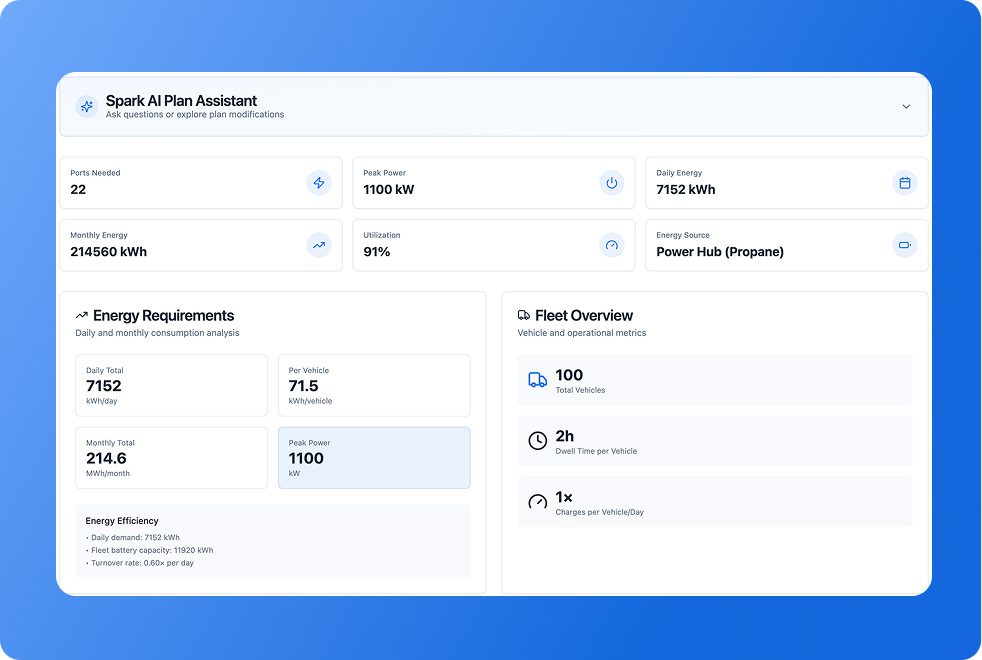
![New York City may replace Central Park’s horse-drawn cabs with electric carriages [Updated]](https://chargedevs.com/wp-content/uploads/2025/09/AdobeStock_273233016.jpg)
